Dedication of the Soldiers Statue |
30 May, 1500 hours On Memorial Day, Charlie Company presented to the battalion a statue dedicated to the troops who had lost their lives in World War II. The statue depicted a soldier, helmet strapped to his right wrist, feet spread apart.
The statue was carved from native Japanese granite by Mr. Kyoji Yatsuyanagi of the Ishikatsu Stone Company, Shibaku, Tokyo.
The Memorial Service participants were Chaplain John A, Ryan, (Sugamo Prison) who gave the Invocation and Benediction; BG Charles F. Ferrin (Provost Marshal Greater Tokyo Area) who gave the opening address; followed by brief addresses given by LTC Chester H. Meek (Battalion Commander), and CPT Jay F. Ra Zor (Commander of Charlie Company).
The National Anthem was played by the 720th MP Battalion Band under the direction of PVT Henry J. Becker.
The dedication read, "With the passage of time men are prone to nullify or disregard the sacrifices others have made, so that we may live in peace.
The officers and men of Company "C" 720th Military Police Battalion, in an effort to counteract this condition, have erected a replica in granite of an American soldier, to serves as a constant source of inspiration to us by reminding us that others possessed devotion to our country to the extent that they were willing to lay down their lives for its principals.
This thought in turn will give us the desire to carry on our duties in a manner which will reflect credit not only upon ourselves, but to our organization and country.
It will be our thought on this and every Memorial Day; to thank God and to pray for our comrades in arms who unselfishly gave their lives for our country and its doctrines."
On 13 March 1948 when the headquarters moved from Camp Burness-Nakao, the statue was positioned at the front entrance of the Camp Burness-Tokyo main building (#100).
 Editors Note: After an extensive investigation in 2010 through battalion Occupied Japan veterans stateside and in Tokyo, including the original stone company, no record has been found by the Reunion Association on the fate of the statue after the battalion departed Japan on 21 February 1955. Editors Note: After an extensive investigation in 2010 through battalion Occupied Japan veterans stateside and in Tokyo, including the original stone company, no record has been found by the Reunion Association on the fate of the statue after the battalion departed Japan on 21 February 1955.
|

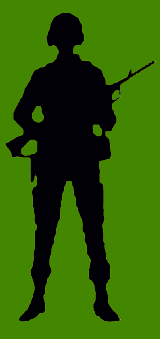



 T/4 Boucher
T/4 Boucher CPL Perkins
CPL Perkins PVT Hansen
PVT Hansen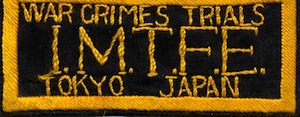
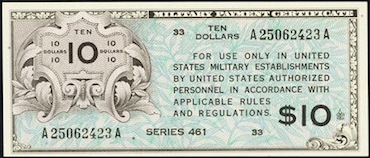
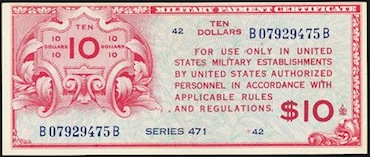
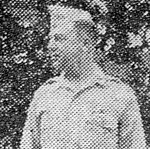 LTC Meek
LTC Meek MAJ Kingsbury
MAJ Kingsbury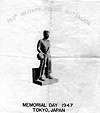
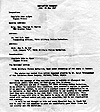
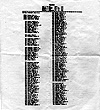


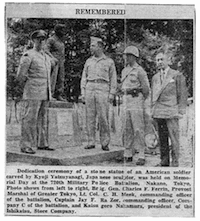
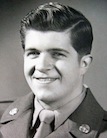 PFC Marquardt
PFC Marquardt
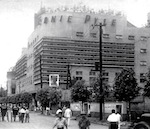
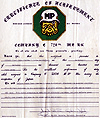
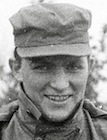 PFC Lydon
PFC Lydon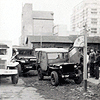

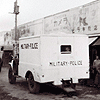
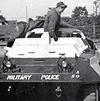



 PFC Sig Arnesen
PFC Sig Arnesen


